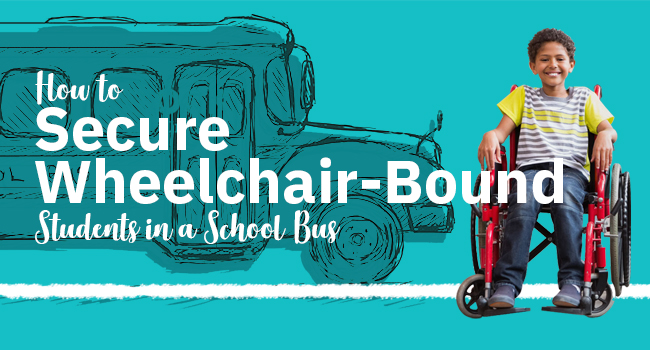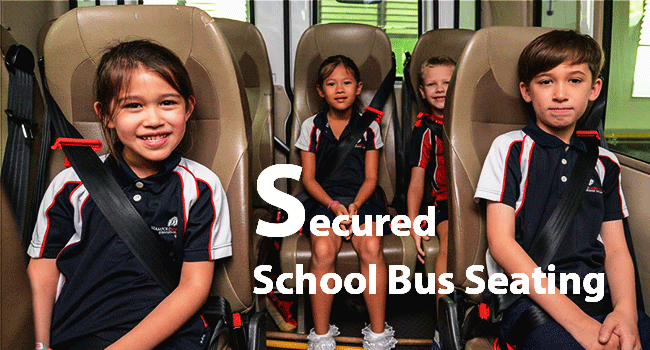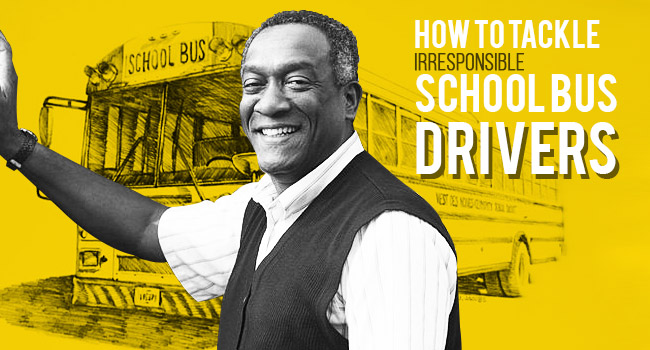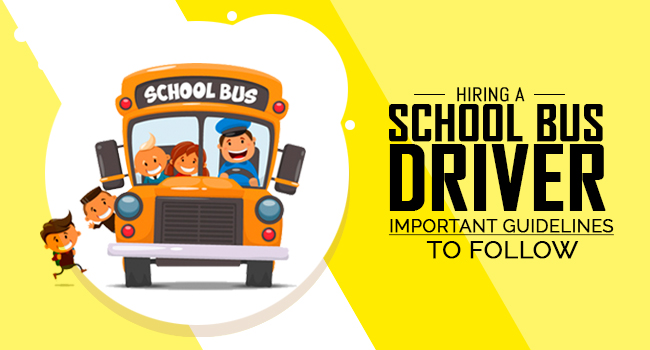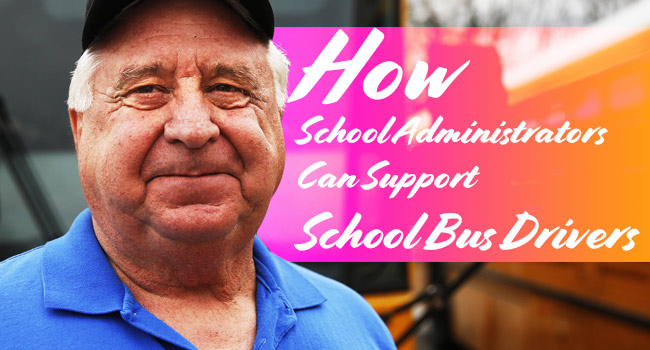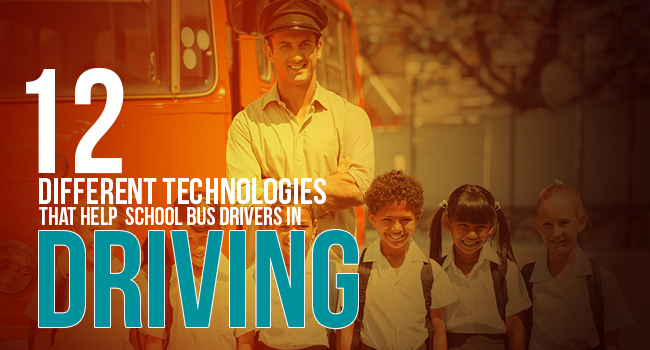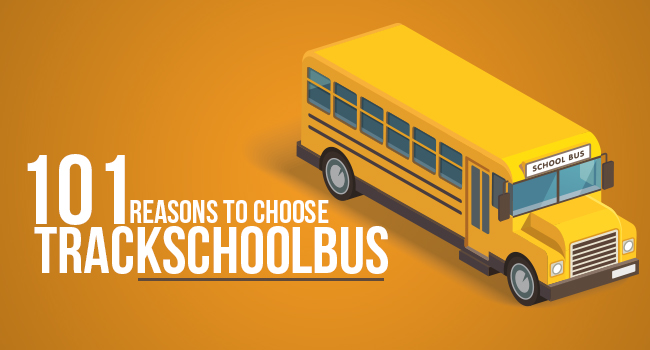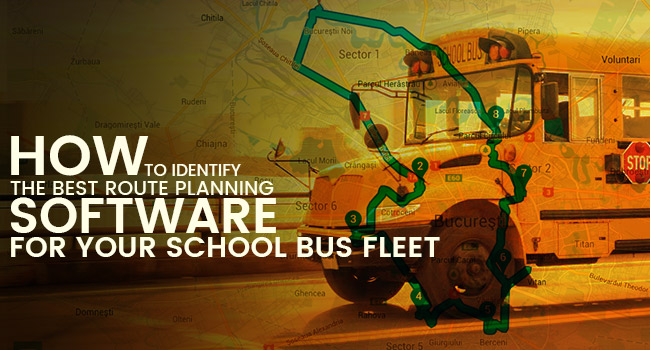When it comes to transporting disabled students, school bus driver has an important role to play. As some students are wheelchair bound, they need proper secure to and from schools.
But there is always a question on how to handle these students in a proper way without causing any kind to harm to them.
School employees are equally responsible for the safety of wheelchair-bound students from entering their school to reaching their home.
Driver
Usually, school bus drivers have the responsibility of transporting students with special needs to and from school via school bus. Some schools employ a bus attendant or a monitor to help students with disability to board and de-board the school buses.
Both these people should ensure that they know precisely how to do this securely and in a well manner.
Parent
While waiting for the school bus, parents of the wheelchair-bound students are supposed to ensure that their disabled kids are at the curb punctually with the suitable equipment.
They have to oversee the student until the arrival of their school bus. And also parents should be present at the pickup points earlier to the arrival of school bus.
Parents may need to help the kid with boarding them onto the school bus, fasten the wheelchair or seat belt.
It is still the liability of the driver of the school bus to verify and ensure the student, as well as the wheelchair, is secured well prior to moving the bus.
Teacher
The responsibilities of teachers in securing the wheelchair-bound students are same as those of the parents.
They are responsible to meet the students upon arrival at their school and to get them at the pick-up place promptly and oversee the students until the departure of the school bus.
Bus attendant
Bus attendants are also equally responsible for the safest transportation of wheelchair-bound students.
In the bus, the attendant is allotted to help all students. While on the school bus, the attendant is generally under the control of school bus driver.
Loading and Unloading of Wheelchair-Bound Students
General guidelines
When the student is in the wheelchair, he or she should face away from the bus at all times. The brakes, as well as the roll stops of wheelchair should be in locked condition.
Loading process
First, the lift door should be opened and secured. The wheelchair can be unfolded by using a hand-held control. Now the platform should be lowered pending it rests completely on the ground.
Now the student can be gently positioned on the wheelchair by unfolding the outboard roll stop and fastening the seat belt of wheelchair around the student. Ensure that the student faces away from the bus.
Securing in the bus
Once the student is safely secured in the school bus, check once again if the brakes and the roll stops of the device are in locked position. Now, turn off the power of device and if possible, have the wheelchair student cling to the handrails.
Help the student to keep his or her legs and arms within the lift quarter and ahead of the moving parts.
Now, activate the lift controls and stand beside the platform at the corner in the front. Continue to keep one hand on the device while it is lifting and then activate the controls of wheelchair through other hand.
Once the platform attains the floor level, hang up or set down the controls. Now, release the brakes of the wheelchair and gently push it into the school bus. Now, by setting brakes of device, fold the lift into journey position.
Position the wheelchair student consistent with the Individualized Education Program (IEP). Move the student to a usual forward facing the bus seat by using appropriate lifting methods and make student as well as wheelchair safe.
Unloading of the wheelchair student
While unloading a wheelchair student with a power-driven wheelchair, it should be ensured that the student is not supposed to drive onto the platform, except cleared to perform so by the whole IEP team. Now, switch off the motor and push the wheelchair manually onto the platform.
During the loading and unloading process, do not forget to inform the wheelchair student about what you are going to do, prior to doing it.
Securing the wheelchair-bound students
It is always safe for the wheelchair bound students to use a three-point system while boarding school bus. While the wheelchair-bound students are boarding the school bus, it is always safe by using a three-point system.
The restraint system of the occupants is separate from the secure system of the wheelchair. The three-point system protects the torso as well as the pelvis of the disabled students.
While attaching the restraint system, it can be joined to the anchorage points of the school bus. The system can also be attached to the securement system of device, device itself, or by following the instructions of the of wheelchair manufacturers.
Above all, the school bus driver is supposed to consider the appropriate place to stop the bus to load and unload the wheelchair-bound students easily and safely.
Two Factor Attendence is a feature in TrackSchoolBus app provides confirmation to parents and schools whether students arrived to / from school on time.
Finally
Wheelchair students are needed to be transported in a school bus only in the forward-facing direction. They should be appropriately secured with the three-point pelvic and shoulder as well as with the four-point dock restraint system.
Several school buses come attached with a frame, as well, for attaching the tie-down straps. School management should make sure that their buses are properly prepared to transport wheelchair-bound kids to and from school in a safe and comfortable way.
The school management should also pay attention to consider adding extra safety measures into their school buses to transport these disabled students.
